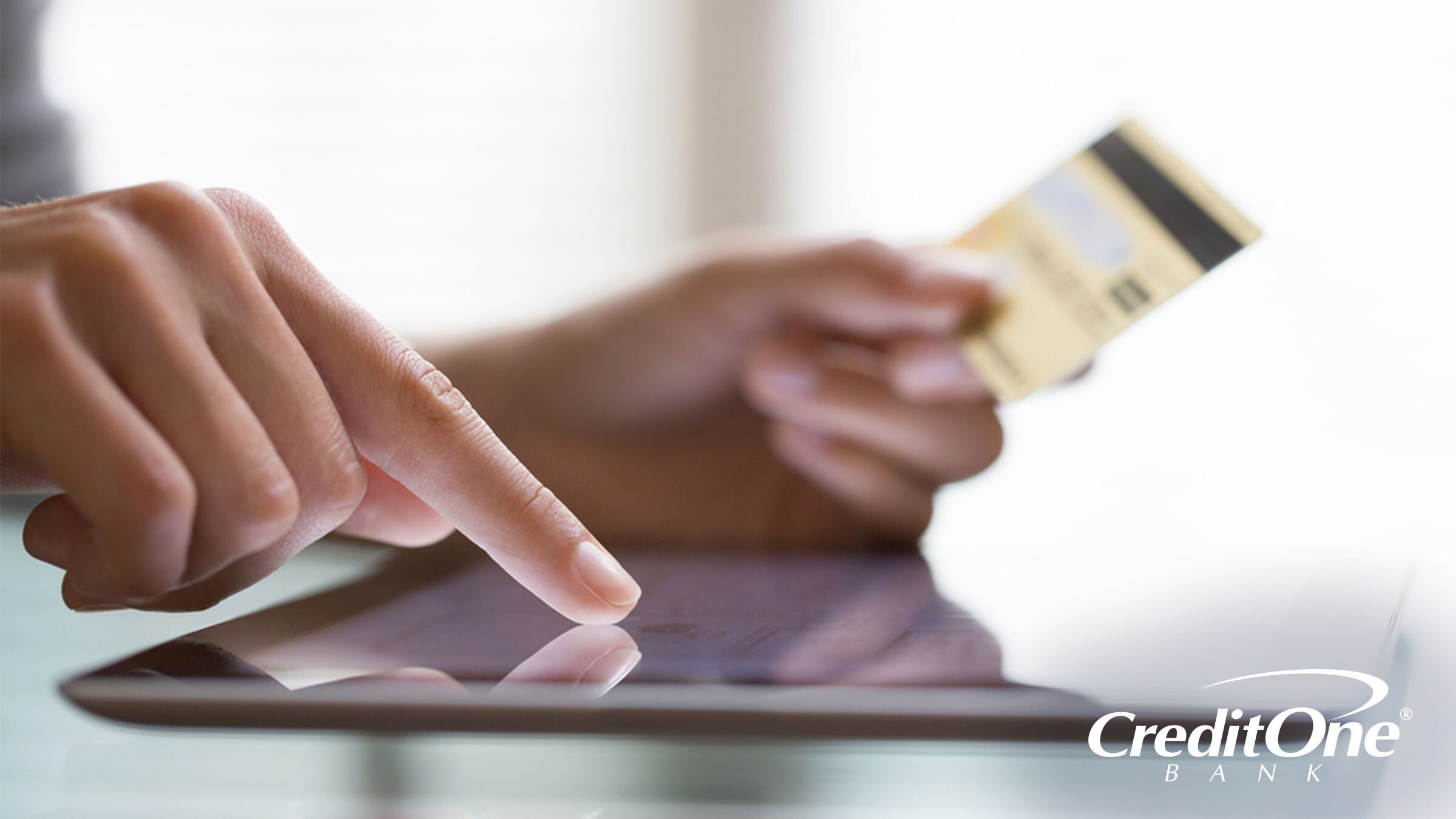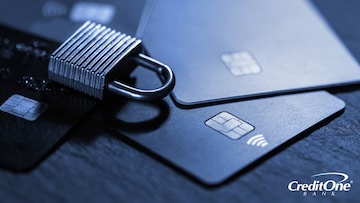Shopping Online Safely with a Credit Card
May 22, 2025
Online shopping is easy and convenient, but with a few easy tips you can better protect yourself as you do it.

Introduction
In its early days, online shopping was an innovation, a novelty and an unknown. Now, it’s ubiquitous. For some people, you might as well just call it “shopping.”
But even with all the ease of online shopping, you still face some potential risks. After all, you do submit personal details and financial information when you shop. You want to be sure it only goes to the intended party — and not anyone else.
Luckily, you can follow these tips to help protect yourself, your data, and your accounts as you shop online.
Use Secure Sites
The first step of your safe online shopping experience is to check that the site you’re using is secure. Luckily, there’s something built into your browser that can help.
The SSL (Secure Sockets Layer) encryption icon is the most important sign of a trustworthy site. On your browser, this will usually appear in the address bar as a green lock. An SSL-encrypted site’s full web address will also start with https://, rather than the original, non-secure http://.
Seeing a gray or red lock with a line through it, or something similar? Or maybe a full-page browser warning about site security?
You’re likely looking at a site without an SSL certificate, which means the site owners haven’t gone through a verification process to confirm their identity.
It also means the site is not SSL-encrypted. Without SSL encryption, the data exchanged between your browser and the website isn’t protected from being viewed or altered by a third party.
You’ll want to avoid making purchases or even entering personal information on a website that doesn’t display the green SSL icon.
Once you know you’re on a secure site, there are other signs you can look for that vouch for its legitimacy. Maybe you’ve noticed these badges in sidebars, at the bottom of a page or at checkout.
- They typically look like seals, checkmarks or shields and can include:
- Shipping or payment processor badgesMoney-back guarantee badges
- Third-party endorsements like the Better Business Bureau (BBB), TRUSTe, and GeoTrust
- Security badges from computer security software companies like McAfee and Norton
Usually, these show that this site has been verified by one or more of these third parties. You can always visit those third-party sites directly to verify these badges, if needed.
Use Unique Passwords
In online shopping, as with all important online accounts in your life, you want to stay secure with strong passwords.
Best practices for passwords include using a mix of uppercase and lowercase letters,, numbers and special characters, and avoiding simple or obvious dictionary words, like “password” or the site’s name.
You should avoid easily found or guessed personal information like birth years, family names or address numbers. And don’t use the same password across multiple accounts.
Yes, it’s a lot to juggle. But your safety is worth it.
This is where a password manager shines. There are standalone apps, but many browsers have one built in. And not only do they store your passwords safely, but they can help you generate secure ones too.
Keep Your PC And Mobile Devices Up To Date
Keeping your devices up to date isn’t just about trying out the latest apps and fun new features as soon as they come out. It’s also about timely security updates.
When you update your software, particularly your operating system, browser and any anti-virus or anti-malware software, it helps keep your browsing experience secure.
Use Credit Cards Whenever Possible
Thanks to their built-in protections, credit cards are the best option for making secure purchases online.
Many credit cards offer some form of zero liability protection, which means you aren’t responsible for unauthorized charges made with your card. Even if your card doesn’t offer this, federal law limits a cardholder’s responsibility to $50.
Debit cards have less fraud protection — $50 if reported in two business days and $500 if reported in 60. And unlike with credit cards, your actual funds may be tied up in the meantime.
If you do pay with a debit card or using an ACH transaction — a direct purchase with your checking or baking account — you’ll want to check with your bank to see what their liability policies are.
Be Vigilant With Your Financial Accounts
Regardless of your payment method, it’s simply a good idea to monitor your credit and banking accounts frequently for suspicious activity and contact your bank as soon as possible if you see something wrong.
You can make reviewing your accounts a regular part of your routine, whether it’s daily or a few times a week.
Better yet, many banks and credit card issuers allow you to set up financial alert notifications for certain transaction amounts or for unusual activity. Set this up and you can immediately know — and act — on anything suspicious.
Bottom Line
It’s been a few decades since online shopping popped up and it’s easier than ever. And in a way, it’s also easier than ever to stay safe doing it.
Between things like your browser’s SSL badge, password managers and credit card protections, you have tools at your disposal to stay on top of your safety and security.
Sure, it may take work. But with these tips and habits, you can help protect yourself from fraudulent activity while you shop online.
If you’re looking for a new credit card to shop with online, you can check if you pre-qualify for one from Credit One Bank. These all include security features and protections like Zero Fraud Liability. It takes less than a minute to check and won’t affect your credit score.



